konrad_3582
Newbie level 4

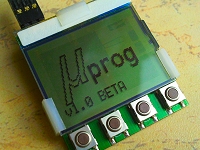
User manekinen presents portable systems programmer AVR. This programmer can help wherever you need to update software, and the target system is in locked storage and we are not able (or not want) to drag a laptop and multitude of wires. It's handle of use, low cost, super small, super fast and it supports SD memory cards.
Features:
-it's super small - dimensions only 44 x 39 x 5.5 mm
-it's super fast - save up to 12.5 kb/s, reading to 14.5 kb/s
-it uses a cheap storage medium - omnipresent SD cards / MMC cards
-it supports FAT16 and FAT32
-it reads, writes, verifies the flash memory and EEPROM
-it's reading and writing to files BIN, HEX, and TXT
-it can set the default value of fusebits, erase the memory
-it's cheap, readily available graphic display - LPH7779
-it displays a funny annimations after each operation
-it has a standard programming connector 6-pin Atmel ISP
-it has a function of auto-update software
-it has very simple, 4-button navigation
-it has automatic speed selection of programming (up to 4MHz)
-it works at 3V, programming systems from 3V to 5V
Function decription:
Write - writes to the memory contents of the file from the card. You have to indicate the file from the list. In case of fusebits or lockbits it writes settings by bytes (from txt file). File's lenght is the lenght, which programmer writes to the memory, the rest of memory will not be saved.
Read - reads the content of the memory and writes it to a file on the card. The file is created automatically in the appropriate folder. Name's format is "x.yyy", where x is the number of the file, and yyy is the extension BIN or HEX. For example, "4.bin" or "22.hex" - the name is displayed and it will be well record it somewhere. It will read all available memory, no matter how much data is in it. In case of fusebits or lockbits, it writes bytes to the file settings to a TXT file.
Verify - compares the content of the memory with the content of selected file, in which the result of the operation is "PASS" or "FAIL at x", where x is the number of the first cell in which the inconsistency occured. In case of fusebits or lockbits, it compares bytes settings.
Default - resets all fusebits to factory defaults.
Chip erase - internal command "chip erase" clears all memory and reset the security system lockbit.
ISP:
connectors:

Images:

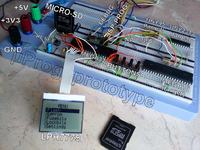
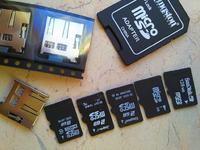
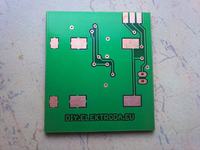
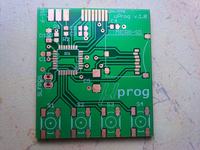
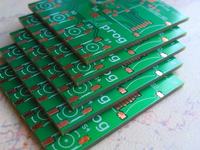
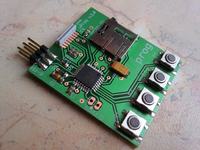
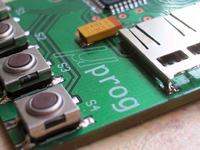
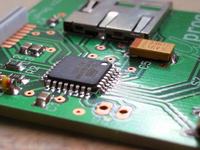
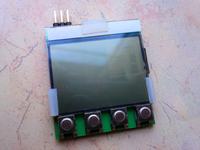
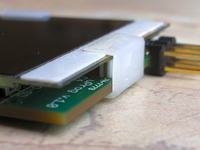

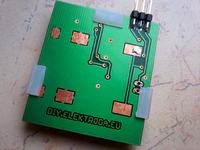
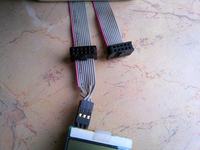
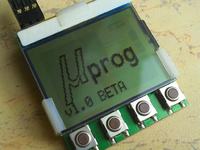
Video:
Link to original thread --> click here
Last edited:
